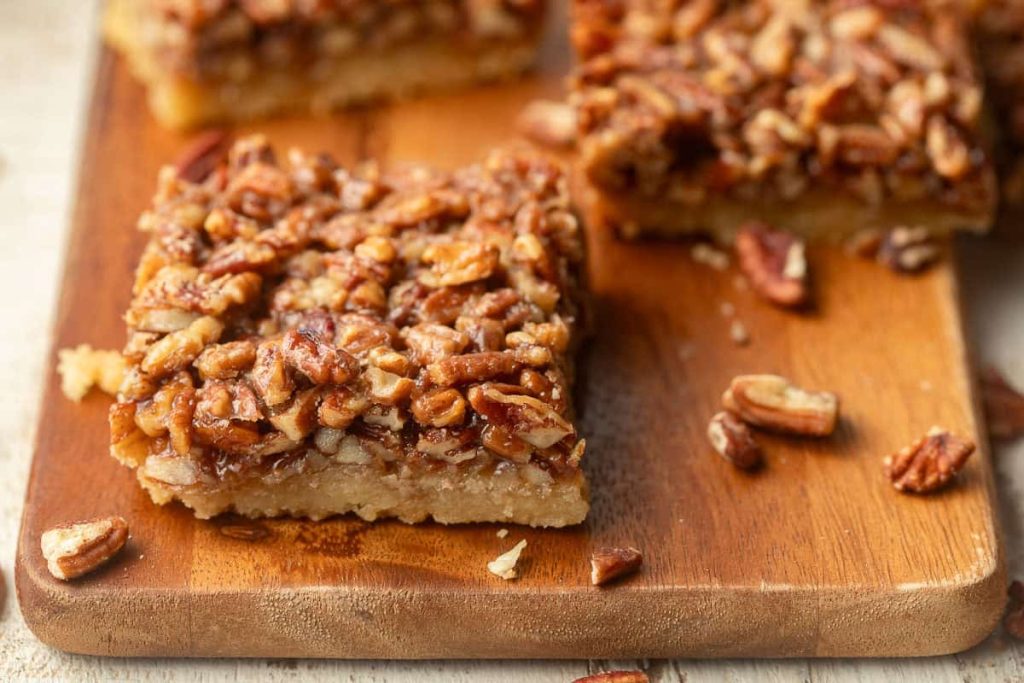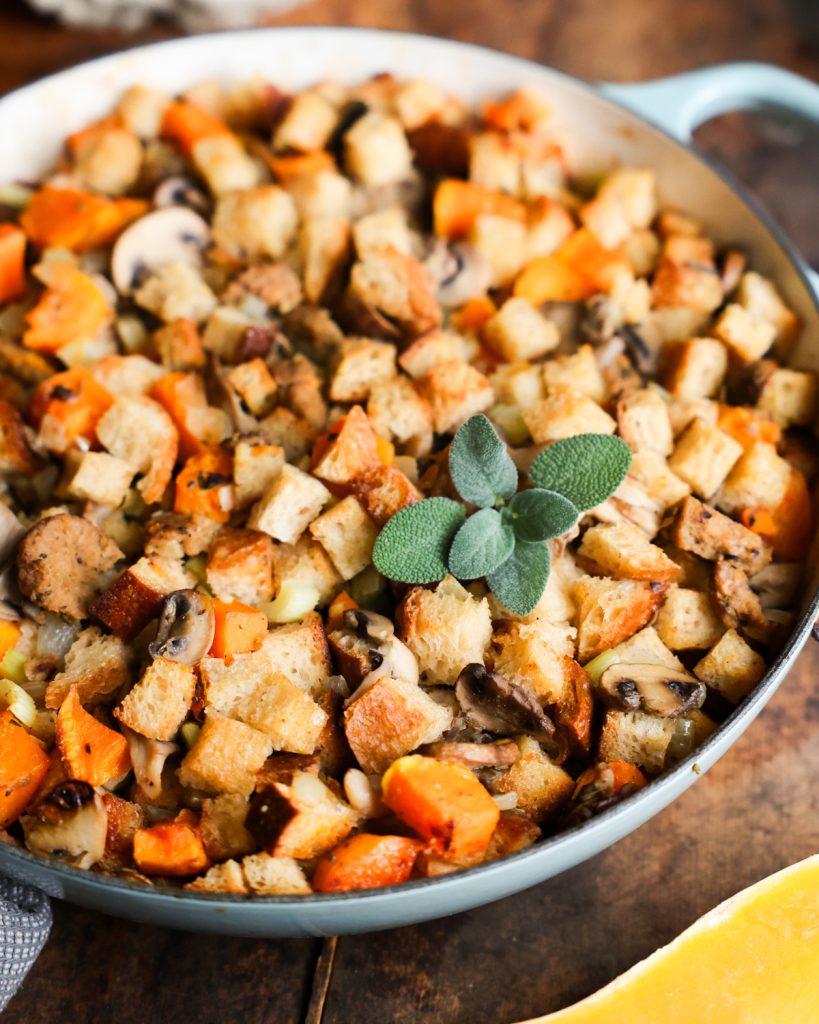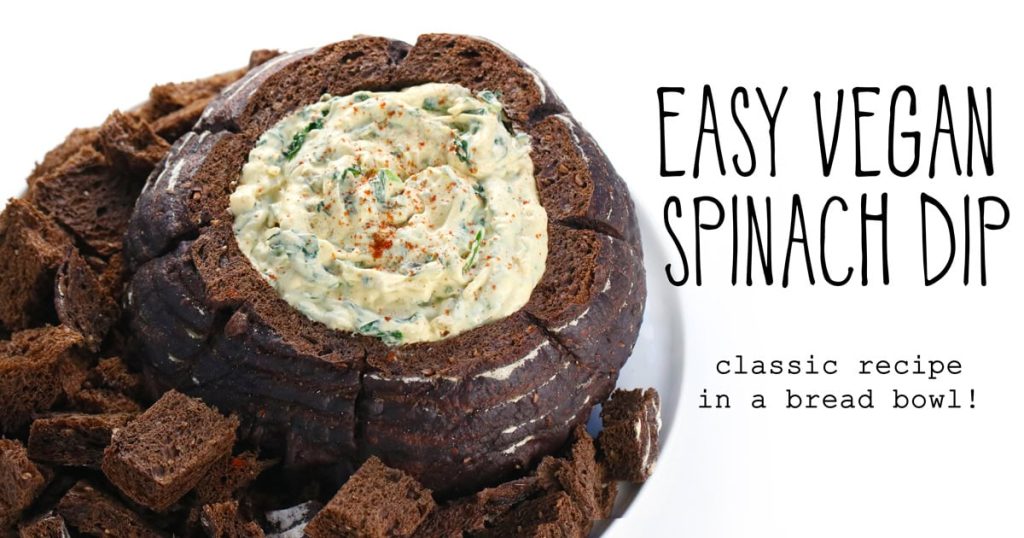RECIPE UPDATED ON JAN. 23, 2015– I added some photos and a few extra notes and corrected the size of the bread pans I use and the amount of water used in the recipe. Sorry about that– should not write recipes when I’m sick!
I’m sorry it’s taken so long to get this post (or any post!) up– I’ve been sick with the flu. But, at last I’m finishing this post on how to make a delicious sprouted wheat bread (with minimal flour) that is not heavy, flat and/or overly moist, that has the texture and appearance of a good whole wheat loaf.
I started this journey because I was interested in making a bread with a lower glycemic index rating. I discovered that: “Since particle size influences the glycemic index (the smaller the size the higher the glycemic index), bread made from grain kernels have been shown to be lower GI. Not yet tested but probable, bread made from sprouted grains can be expected to have a similar effect.” From http://tinyurl.com/ywve7 (And evidently, sourdough breads are lower on the glycemic index, too.) Eating lower on the glycemic index may have a positive influence on my husband’s triglyceride levels, so we (both being bread bakers) thought it was worth some experimentation.
Many bakers are experimenting with sprouted wheat flour, but I prefer not to buy it– it’s very expensive, and it’s time-consuming to make (you must sprout the grain, then dry it thoroughly, and then grind it– which is why it is expensive to buy). We grind our whole wheat flour, so we have lots of wheat kernels in the house at all times. So, the most practical solution seemed to be to experiment with the sprouted wheat itself. But I was aiming for a lighter loaf than most the sprouted wheat breads I’d seen, one with minimal flour, and one which did not need the addition of vital wheat gluten powder in order to rise (not that I object to it– I use it to make seitan– but I think it makes breads too chewy.)
My first experiment, using an adapted version of a recipe from “The Laurel’s Kitchen Bread Book: A Guide to Whole Grain Breadmaking” was a success– the dough was easy to handle and rose beautifully, baked up nice and crusty. I used my husband’s signature baking method– 5 minutes at 485°F. and 25 more at 375°F– and the bread tasted great, smelled heavenly (kind of nutty), and the crumb is lovely. It made delicious toast!
So, here’s the final recipe. I hope it works as well for you as it has for us. It’s truly delicious and I have some more wheat kernels soaking right now for the next batch.
3 When you are ready to make the dough, drain the wheat in a large colander and let drain for about 1/2 an hour.
4 Meanwhile, thoroughly oil ALL of the equipment that the dough will touch– all of the inside of the food processor bowl and the inside of the lid, the blade, the inside of the blade, and the spindle for the blade; and then the inside of your mixer bowl, the inside of the mixer lid, and the dough hook. Also oil the inside of the bowl you will use for rising the dough. This is VERY important. If you neglect the oiling procedure, the un-kneaded dough will stick like glue to everything it touches!
5 Grind the drained wheat kernels in the oiled food processor in 2 or 3 batches, depending on the size of your machine. Grind the kernels until they form a dough on the top of the blade. You will see the bran in the dough, by the way. Deposit each batch of dough into a large oiled bowl or the oiled bowl of the stand mixer you are using.
7 Place the kneaded dough in the oiled bowl that you are using for rising, cover and let rise in a warm spot for about 2 hours.
8 The dough should double in size and be springy. To test for whether or not it has sufficiently risen, poke your finger into the dough and, if the hole does not start filling in, it’s ready. If you would like to rise it once again before forming the loaves, punch it down and let it rise again for about 1 hour.
Pat each piece of dough into a rough rectangle and roll it up from one of the short sides. Pinch dough on the “seam”.
Cover the loaves with clean, warm, wet tea towels (non-textured), or canvas; OR place them inside of a new plastic bag that is big enough to puff up over and around the loaves, without touching the dough. Secure it in place with a twist-tie. Rise the loaves in a warm place for about another hour or so, checking after half an hour and every 10 minutes or so after that.
10 After 30 minutes rising, turn on your oven on to 485°F.
11 When the loaves have risen over the tops of the pans (see picture above), slash the top as pictured with a sharp serrated knife or a blade, squirt the tops with water from a spray bottle. Place the loaves on a rack in the middle of the preheated oven and bake for 5 minutes. Turn the oven down to 385°F and back for 25 minutes, or until the loaves are golden brown and crusty.
Nutrition (per slice [16 per loaf]): 117.5 calories; 10{ae720e0b436026f867bfa0c31185c2252a138f27e85f5f152ec5acc1c10a8cc9} calories from fat; 1.4g total fat; 0.0mg cholesterol; 138.6mg sodium; 117.2mg potassium; 23.2g carbohydrates; 3.8g fiber; 1.6g sugar; 19.4g net carbs; 4.7g protein.
Happy Baking!



